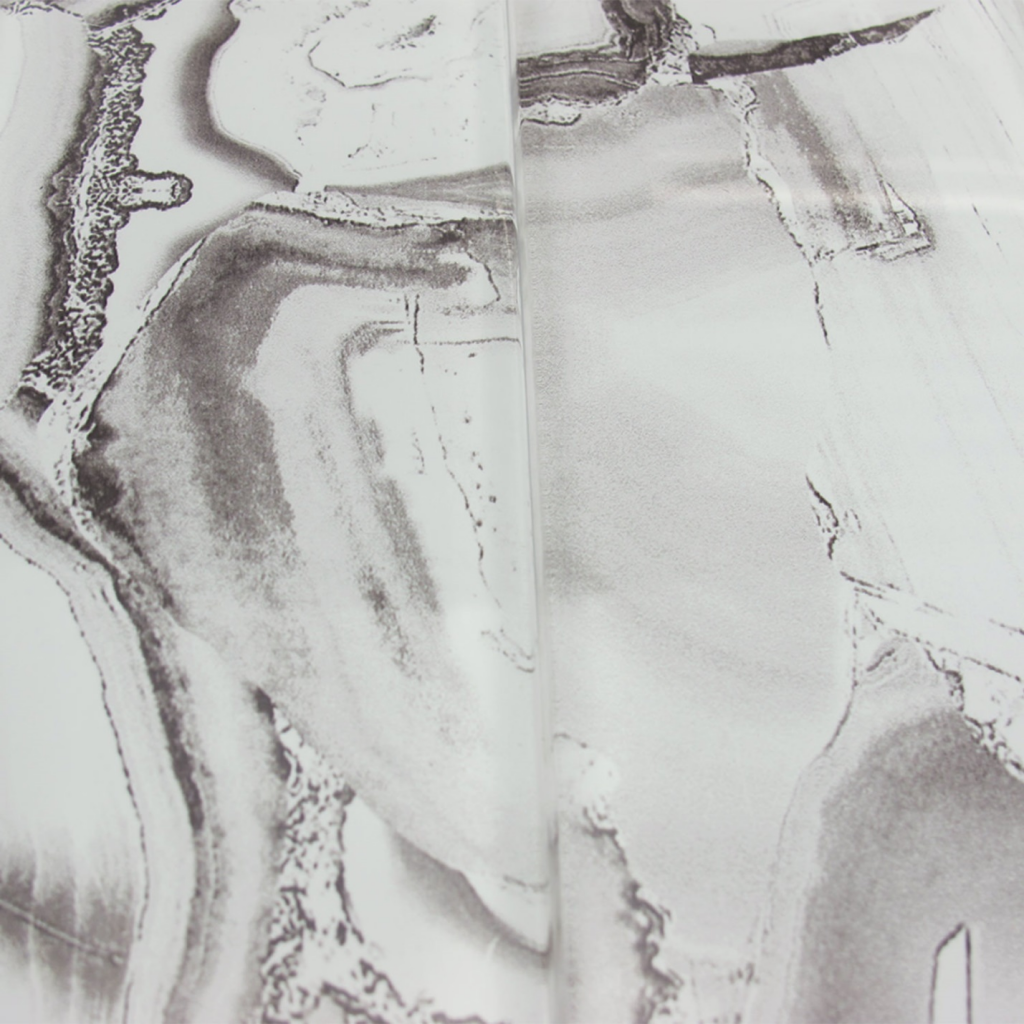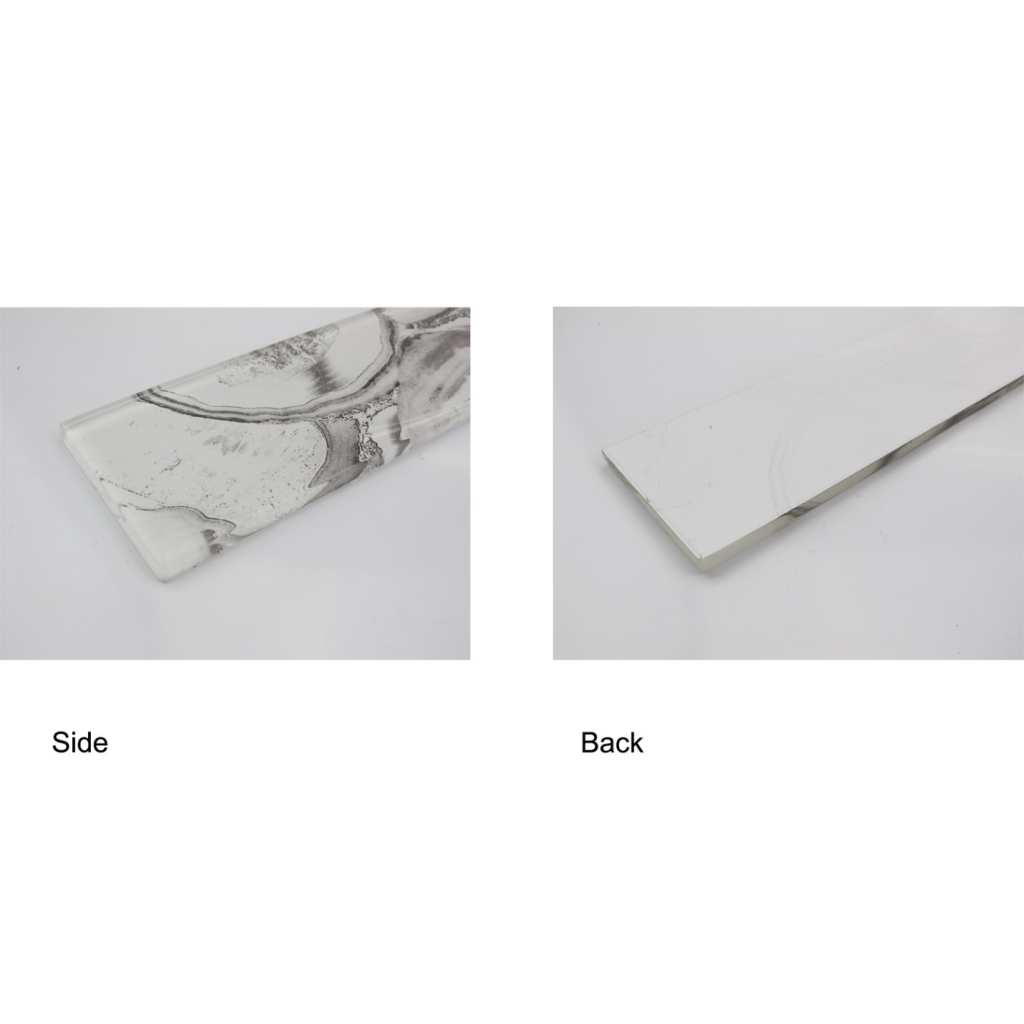What is the best adhesive for pool tiles in 2022?
2022.01.13 / By hqt

Why do large and small swimming pool projects trust the use of pool tile adhesive? What is the best adhesive for pool tiles? Swimming pool tile adhesive is a high-quality cement-based adhesive suitable for many types of tiles. Typically: ceramic tile, mosaic, paving stone... When using specialized pool tile adhesive.
You can rest assured of the quality of the product. Outstanding features such as: Good adhesion, non-slip, resistant to acid corrosion. It requires high editing time, easy construction. No blistering, no bleeding.
How to properly apply pool tile adhesive?
Choosing quality pool tile adhesive, the correct construction will increase the quality of the work. Before construction, you need to prepare some tools such as: trowel, tiling trowel, mortar bucket.
In addition, you need a tile cutter, a hand-held mortar mixer, a tape measure, a ruler, a brick hammer, etc. And don't forget the specialized tile and tile adhesive! Adequate preparation will reduce construction time.
Step 1: Prepare the construction surface
What is the best adhesive for pool tiles? First, check if the tiled surface is flat. If not, it is necessary to re-roll the surface before application, which needs to be flattened. You must not let it undulate or have graveled, it will be difficult to work.
Mix pool tile adhesive (follow manufacturer's instructions), apply glue and water evenly. Note that the water must be added first and then the glue is added later. If the glue is put in first, the glue will clump, which is difficult to dissolve.
Mix the glue for 5 minutes, then let the glue settle for about 2 minutes. This step helps the ingredients in the glue react with each other and maximize the effect.
What is the best adhesive for pool tiles? Then continue to mix again for about 5 minutes and then apply. Mixing standard pool tile adhesive requires that the glue grout is not too loose or too dry. You guarantee the ductility and uniformity of the glue.
Step 2: What is the best adhesive for pool tiles?
Spread glue 2 -3mm thick on the surface of the wall or swimming pool to be tiled. Flatten pool tile adhesive with grout trowel, tile trowel.
Step 3: Paste the tiles
Stick the tiles on the wall, the background has been glued according to the size of each brick, the bricks should not be apart. A rubber hammer can be lightly tapped on the bricks to align the bricks. At the same time create an even flow in the glue circuit. Make sure the glue with the tile is best bonded together.
Step 4: Scrub the adhesive for pool tiles
Remove excess glue from the grout line to apply grout. You can use Weber grout for pool tiles.
Apply the grouting circuit with glue (mixed according to the supplier's ratio) to beat the glue so that it does not clump. Now, apply the glue evenly to the grout of the brick right away.
What is the best adhesive for pool tiles? An important condition for ensuring flawless water is the cleanliness of the pool bowl. Once a year, you need to drain the water from the container and thoroughly clean the bottom and walls.

How is the procedure for cleaning the bowl of an artificial tank going, in what sequence the work should be carried out - read below.
Why you need to clean the pool and from what?
Cleaning the tank bowl keeps it sanitary and hygienic. If you take care of your pool properly, it will last a long time. Without proper cleaning, light dirt quickly accumulates and eats into the finish, seams, gradually destroying their structure.
What is the container cleaned of:
- mud;
- water stone;
- limescale;
- Similarly, rust;
- algae;
- Deposits of salts, fat and organic compounds.
If left untouched, the seams and coating can become overgrown with fungus, mold and other microorganisms that create an unhealthy bathing environment.
Cleaning methods for pool tiles
What is the best adhesive for pool tiles? Cleaning can be done on your own, but for this you need to use special chemicals and washing equipment. It's easier to hire pool maintenance specialists. Before cleaning the bowl, you should visually assess the state of the structure, operating conditions. Furthermore, it may be necessary to repair the finish, restore the coating.
The work is carried out in this way:
- Manually.
- With the help of machines.
Generally, the first option is applied after the water is completely drained. But the second can be done even with a recruited pool. For manual labor, special cleaning compounds are used that can pollute the water, so you cannot do without draining the liquid from the pool. Similarly, mechanical removal of dirt is possible when using machines.
The manual version is more often used for small pools, and underwater vacuum cleaners are needed in large bowls. After such mechanized harvesting, you will have to additionally filter the water.
How are swimming pools cleaned?
What is the best adhesive for pool tiles? At first glance, the procedure looks simple and straightforward, but it is important to follow the technology. To begin with, you will have to remove large debris with a long-handled net.
Then we drain the water from the container, and turn off the filtration system for a while. The walls and bottom of the tank should not be dried, as it is easier to work when they are wet.
Then they inspect, clean and check the operation of the filters. Furthermore, if necessary, consumables are changed, the equipment is sent for repair. After preliminary diagnostics of pool contamination, you need to select the necessary chemicals for cleaning.
Let's highlight the stages of competent cleaning of the pool bowl:
- Moistening of tile joints
For this, a special acidic detergent is used, which will penetrate well into the seams, corrode dirt, but at the same time will not change the structure of the finish. If the tank was without water, then the tile joints are pre-moistened with a mop and the squeegee evenly distributes the flowing water along the bottom of the bowl.
- Preparing the washing solution
Be careful when using acids. Specialists work in gloves, trying not to apply detergent to stainless steel surfaces. It is important to take precautions during work so that chemicals do not get on the skin and mucous membranes.
What is the best adhesive for pool tiles? The use of detergents that are not designed for swimming pools will result in persistent foaming after the tank is filled with water. Then it will be difficult to get rid of the foam even after the 10th water change.
- Detergent application
Apply acids liberally in the form of foam to the bottom and walls of the container using a foam gun. Let the product brew for 5 minutes, the main thing is not to let the foam dry.

